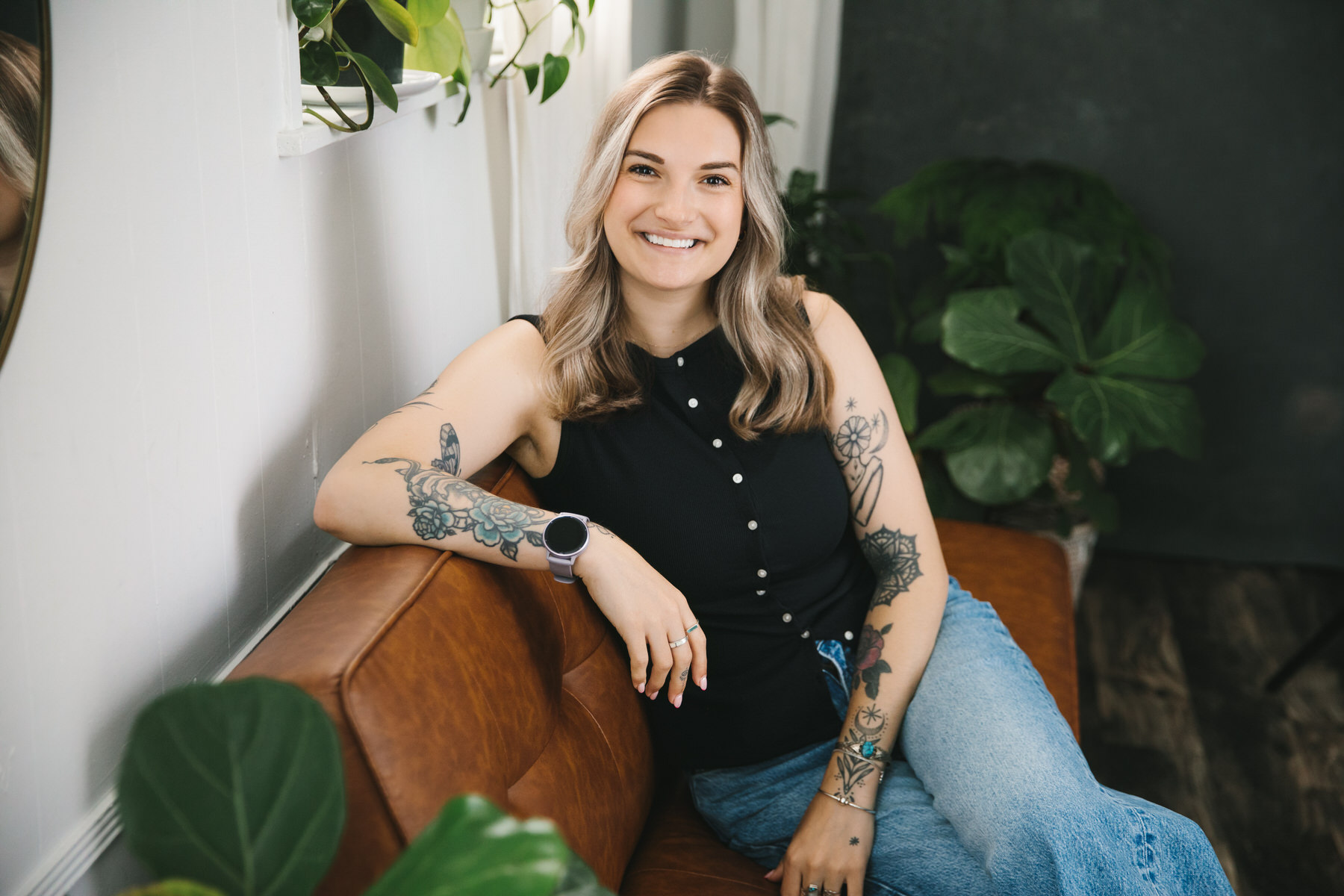A great branding photography session can lift your image, build trust, and attract more of the right clients. Strong photos help people see who you are and what you stand for, before they read a single word.
Branding photography is a planned set of images that tells your brand story. It covers you, your team, your space, your process, and the small details that set you apart. Planning matters because it saves time, keeps you on message, and helps you walk away with photos you’ll actually use.
In this post, you’ll get clear questions to guide your plan, from strategy to shot list. We’ll cover what goals you want the photos to serve, who your target clients are, and which feelings you want the images to spark. You’ll think through sets, outfits, props, colors, and any key brand assets you need to feature. You’ll also decide how and where the photos will be used, so you get the right formats and crops.
We’ll talk about timing, budget, and who needs to be on set. You’ll map your must-have shots, plan for variety, and prep your schedule so the day flows. You’ll also get tips to avoid common mistakes, like vague goals.
By the end, you’ll know exactly what to ask, what to prep, and how to get photos that work hard for your business.
And if you start to feel overwhelmed, pause and take a deep breath. At Show Your Spark, we collaborate with our branding clients in every one of these areas, so you never feel alone in the process.

What Are Your Brand Goals and Story?
Clarity here shapes every creative choice. When you know the message, audience, and feel you want, your session runs smoother and your photos work harder. Think of this as your script. It guides outfits, locations, props, and even facial expressions.
Ask yourself: What do I want people to believe after seeing my photos? What do I want them to do next? Write it down. Let this guide your branding photography session.
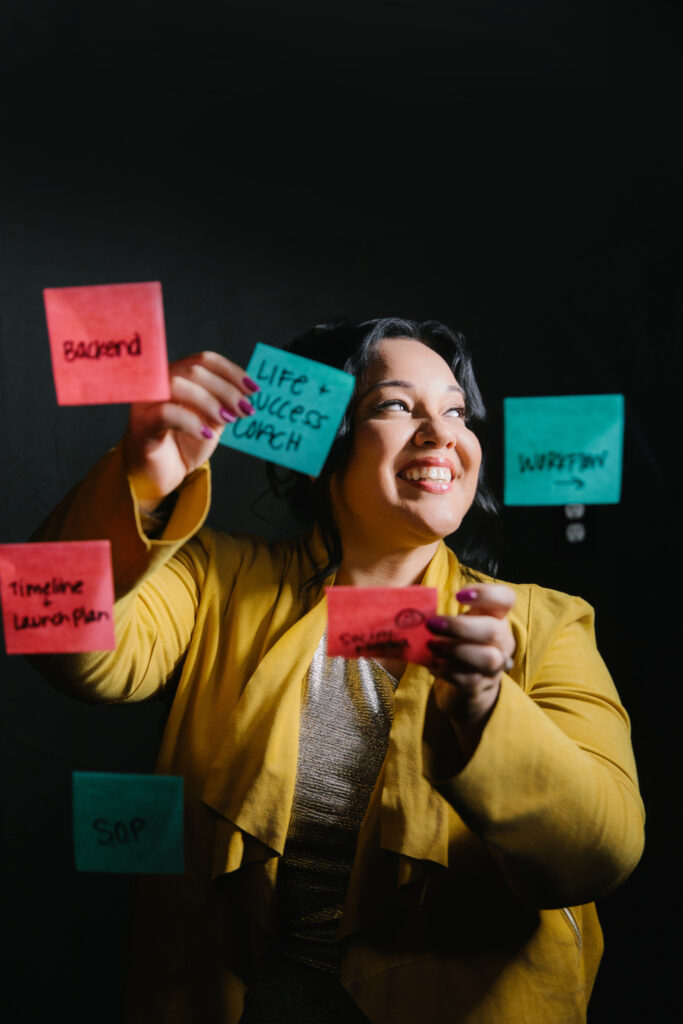
Who Is Your Target Audience?
Your images should speak to a specific person, not the whole world. Define who that is and match the visuals to their needs and tastes.
Start with simple questions:
- How old are they, and where do they live?
- What do they want most right now?
- What do they struggle with, or what do they fear?
- What brands, podcasts, or creators do they follow?
- What budget range do they have, and how do they buy?
Aim to meet them where they are. If you serve wellness providers, like coaches or therapists, show simple tools, clean spaces, and action shots that feel approachable. If you work with lawyers or executive professionals, lean into a polished wardrobe, organized setups, and clear processes.
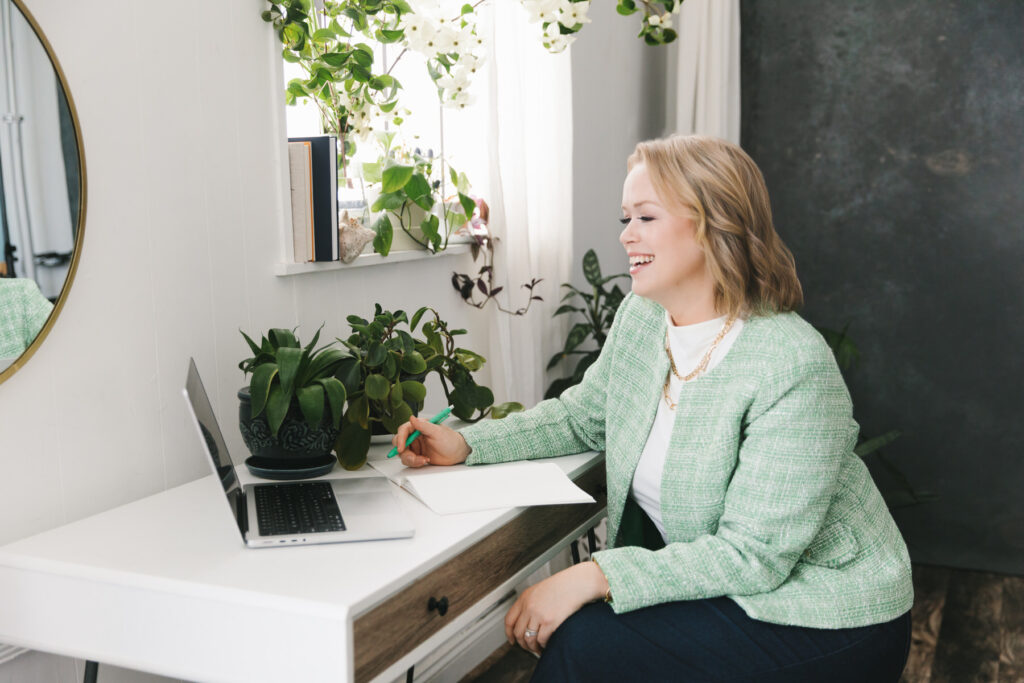
Quick examples:
- Holistic Life Coach: Friendly eye contact, casual outfits, behind-the-scenes, tools of the trade. Show easy wins.
- Attorney: Neat office, tailored suit, confident posture, contract details. Show trust and clarity.
- Designer: Color swatches, sketchbook, screen mockups, bold textures. Show taste and ideas.
Journaling prompts:
- My ideal client’s top 3 worries are…
- When they see my photos, I want them to think…
- The first step I want them to take is…
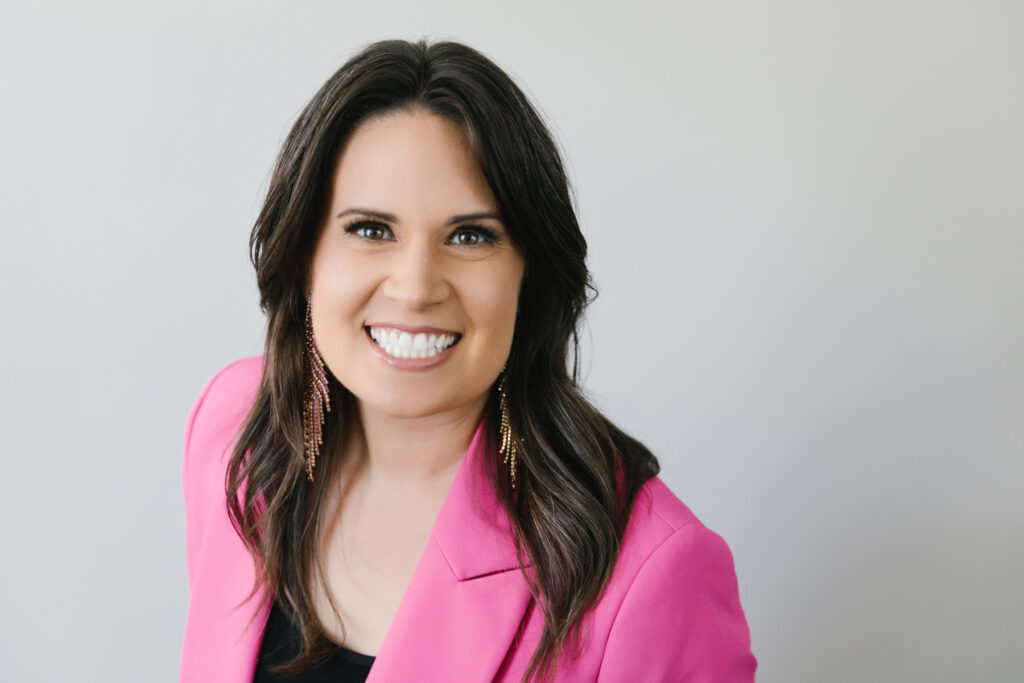
What Emotions Should Your Photos Evoke?
Photos are feelings first, facts second. Pick 2 or 3 core emotions that match your brand personality, then build your shot list around them.
Ask:
- Do I want to feel calm, bold, warm, or edgy?
- Should I appear more professional, more approachable, or both?
- What will make a hesitant buyer feel safe to act?
Translate feelings into visuals:
- Trust: Clean light, steady eye contact, tidy spaces, neutral tones.
- Excitement: Movement, bright accents, dynamic angles, big smiles.
- Ease: Soft light, cozy textures, relaxed poses, open space.
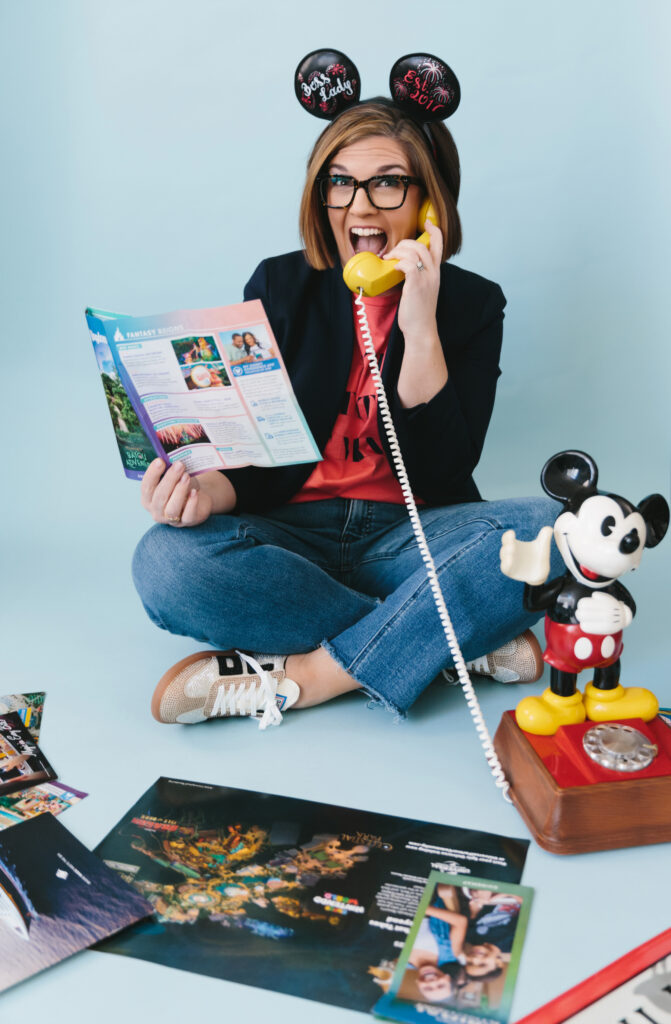
Create a mood board. Pull colors, scene ideas, outfits, and poses that match your chosen emotions. Add 10 to 15 images, then share it with your photographer so you are aligned.
Journaling prompts:
- The three words I want every image to say are…
- My brand is most like this vibe or place…
- If my photos were a playlist, the mood would be…
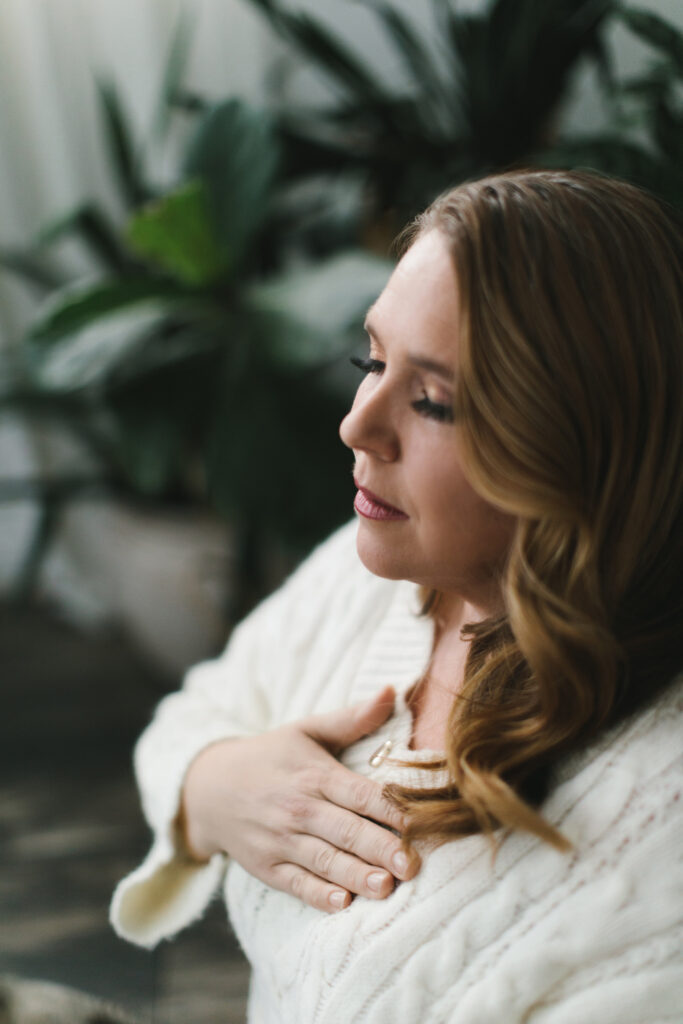
How Do You Style Your Branding Photography Session?
Set and styling shape how your brand feels on camera. Choose a setting that supports your story, then match it with outfits, props, and a smart plan. Think about how you will use the photos across your site and socials.
Studio, Living Room, or Office?
Seek to recreate a setting that backs your message, not just what looks pretty. Keep in mind, many photography studios can provide a variety of scenes to fit all of your visual needs.
- Studio: Clean backgrounds, full control of light, quick setup changes. Great for polished portraits, product shots, and consistent brand color. Budget for rental time and simple set styling.
- Living room: Warm, personal, and approachable. Works for lifestyle brands, coaches, and creators. Tidy surfaces, hide clutter, and aim for rooms with large windows. Bring extra lamps if natural light is weak.
- Office or workspace: Shows your real process and tools. Ideal for consultants, agencies, therapists, and makers. Get permission for common areas, check noise levels, and plan around busy hours. Grab a few exterior shots for context.
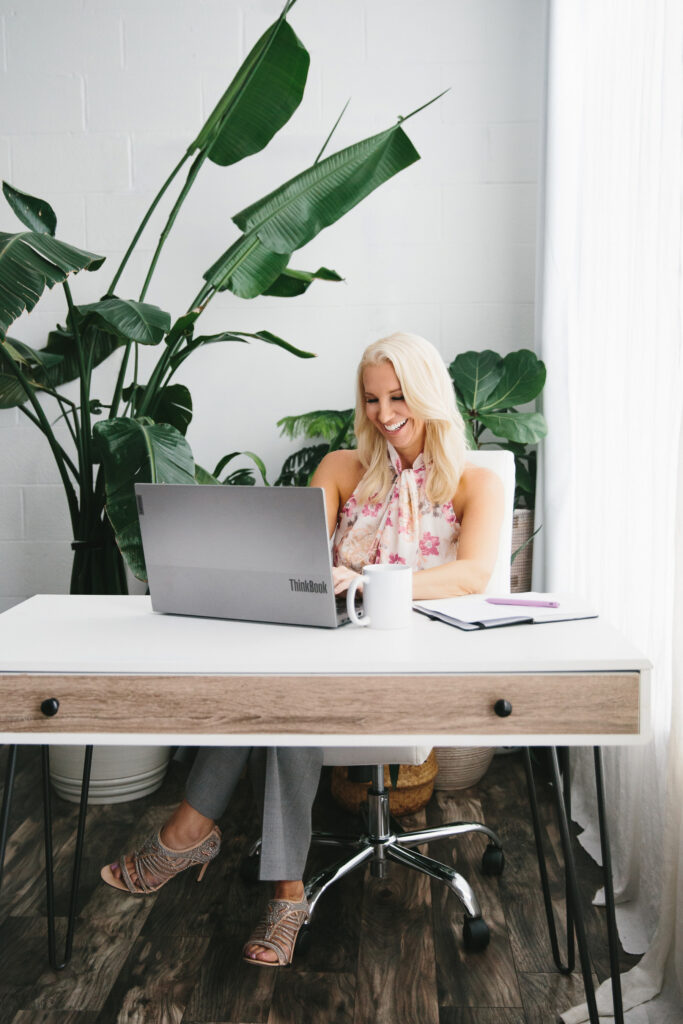
Styling: Casual or Formal, Props or No Props?
Style to match your audience and offer, then aim one notch more polished than your daily look.
- Casual: Soft layers, clean sneakers, neat denim, or a simple dress. Ideal for friendly, accessible brands.
- Formal: Tailored suits, blazers, and structured pieces. Best for roles that require high trust.
- Props: Use items that show how you work. Laptops, notebooks, product samples, packaging, or tools.
- No props: Focus on gesture, expression, and movement. Use chairs, walls, and stairs for variety.
Keep hair, nails, and grooming tidy. Steam clothes. Pack backups. Prep avoids day-of stress and common pitfalls.
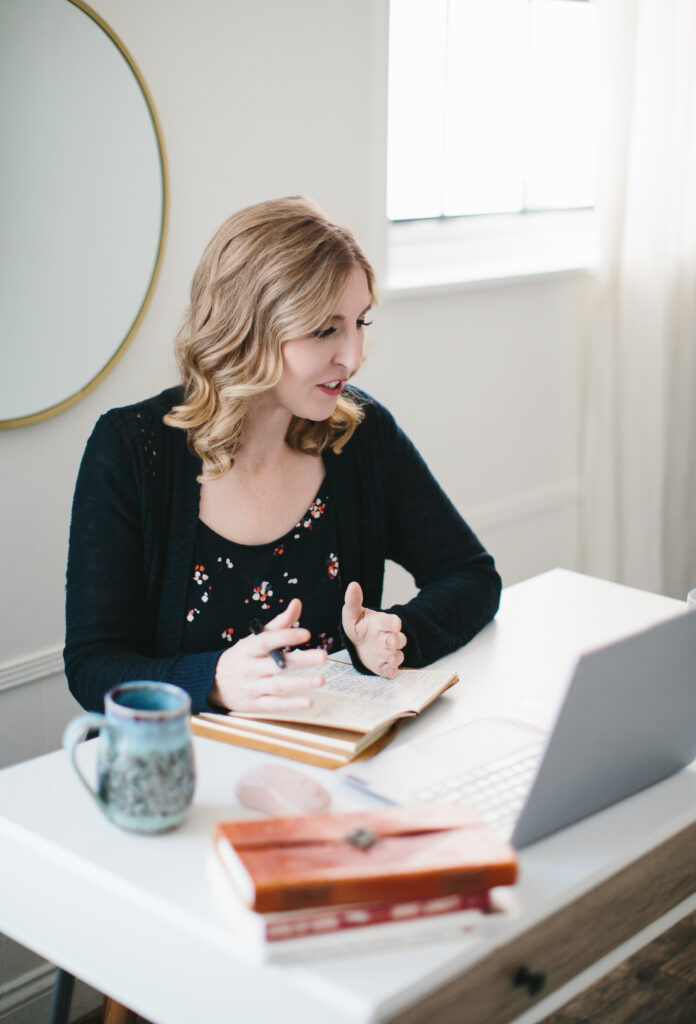
What Wardrobe You Wear?
Build a small capsule that ties to your brand colors and message.
- Color plan: Pull 2 to 3 brand colors, plus one neutral. Match accents to your logo or website palette.
- Fit and texture: Choose pieces that fit well and move. Add texture like knits, linen, or leather for depth.
- Layers: Blazers, cardigans, and scarves give quick changes without a full swap.
- Shoes and accessories: Keep them clean and on-brand. Subtle jewelry photographs well.
- Tools of your trade: Feature what you use daily to make your work clear. Also, stage simple flatlays for custom stock you can reuse in posts, emails, and sales pages.
Avoid loud logos, tiny stripes, and heavy trends that date fast. Build looks that will still feel current in a year. For additional tips, check out these additional branding photography wardrobe ideas.
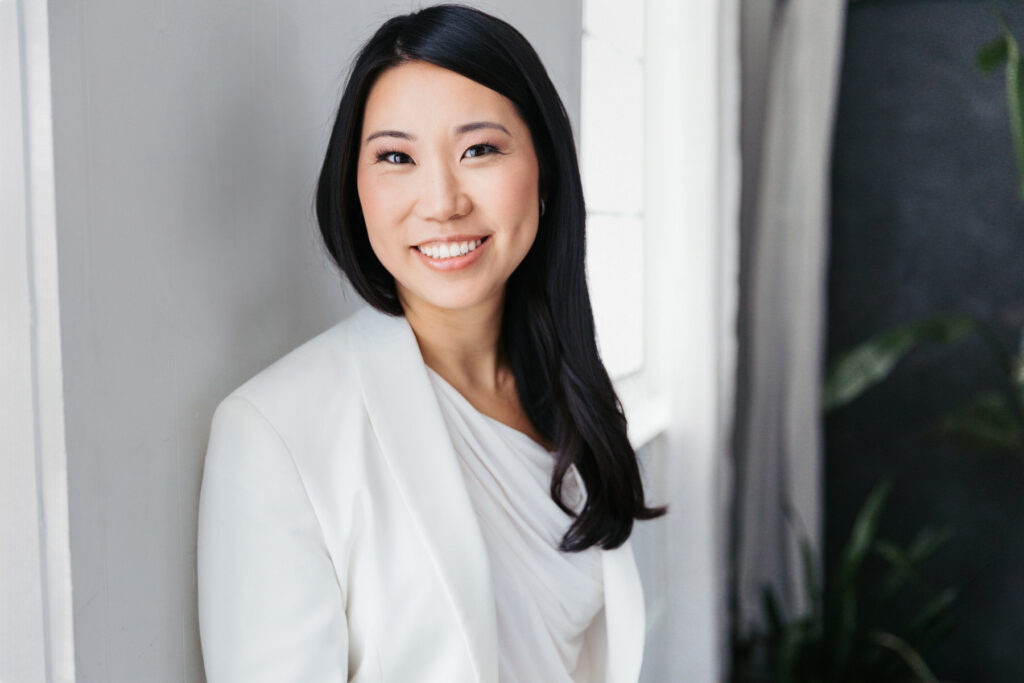
How Will You Use Your Photos?
Decide where your images will live before you step on set. Use drives your shot list, framing, and file prep. When you plan by platform, you get the right crops, the right variety, and photos that earn their keep.
Website and SEO Needs
Your website needs a hero image, supporting banners, and detail shots. Plan for wide horizontals with negative space for headlines, as well as clean verticals for About and Services pages. Create process photos and product or tool close-ups for blogs and FAQs. Write keyword-rich alt text later to boost search and accessibility.
Quick list of web must-haves:
- Hero banner, wide horizontal, space for copy
- About page portrait, vertical, friendly eye contact
- Services visuals, mix of mediums, and close-ups
- Contact or booking CTA image, clear and inviting
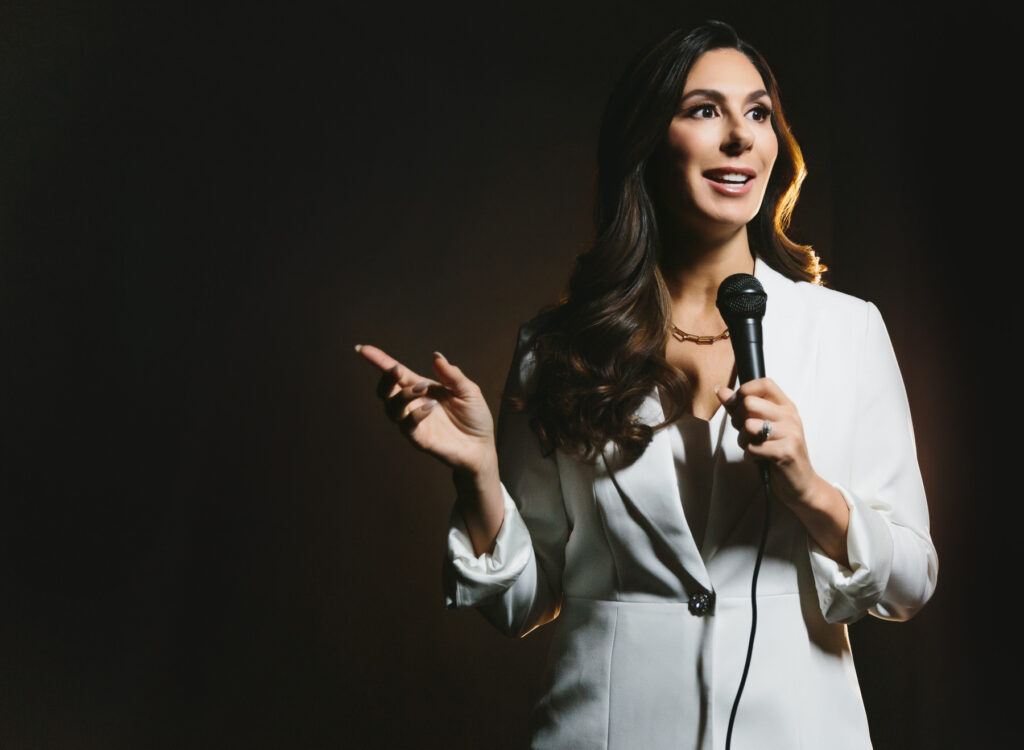
Social Media and Content Cadence
Social favors variety and quantity. Ask for a mix of tight portraits, lifestyle scenes, behind-the-scenes, and flatlays. Shoot both vertical and square to fit Reels, Stories, and grid posts.
Ideas to cover:
- Authority: you speaking, teaching, or consulting
- Process: hands at work, tools, notes, screens
- Personality: hobbies, coffee moments, candid laughs
- Offers: product in use, packaging, before and after
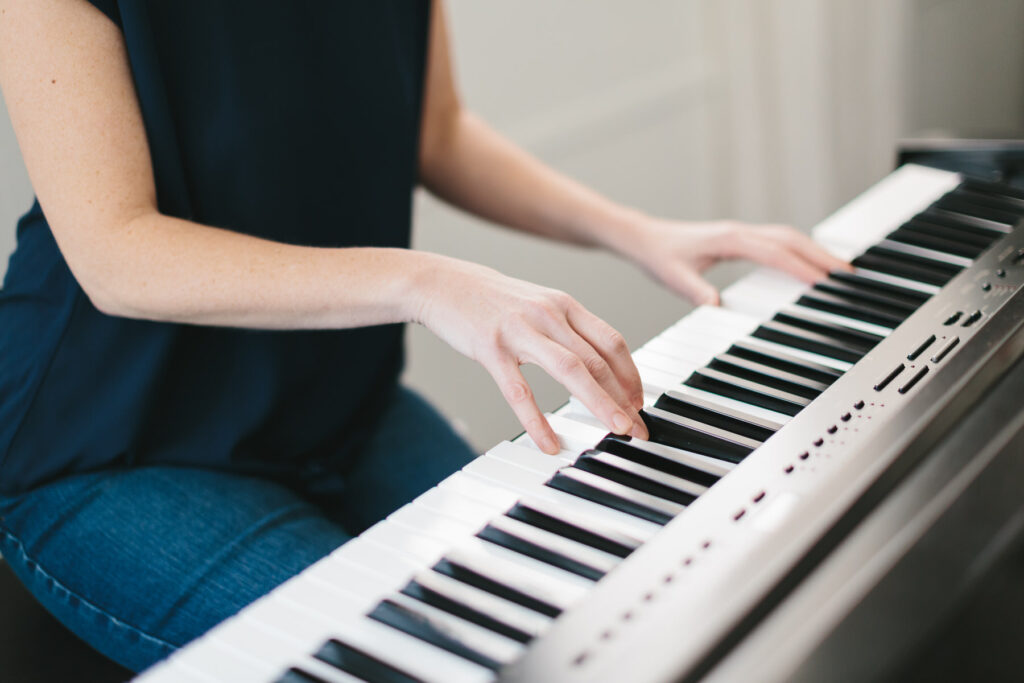
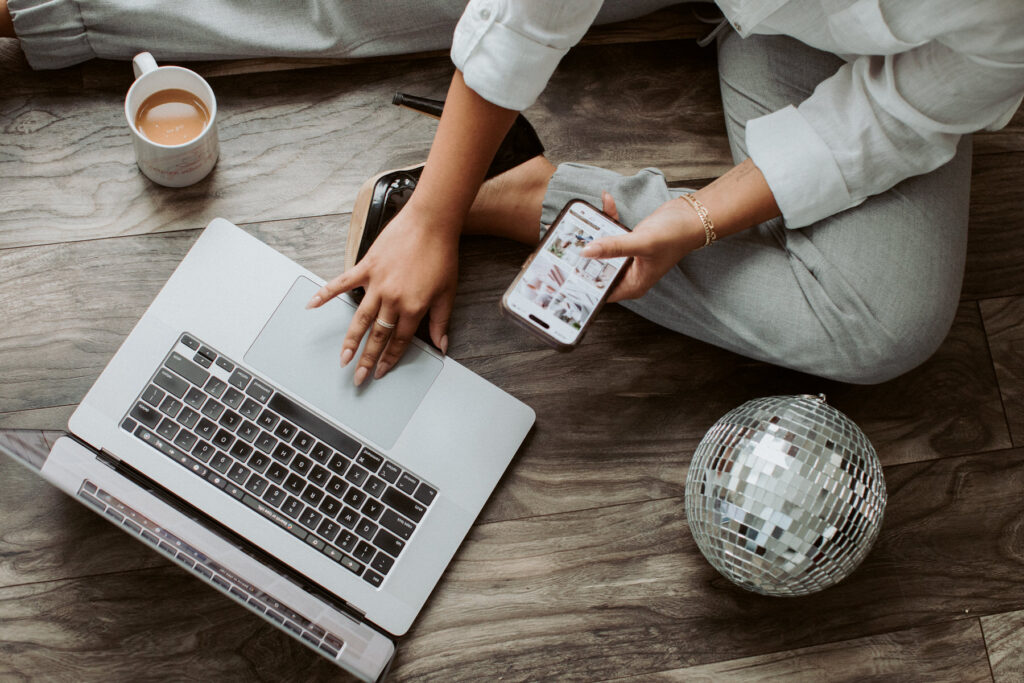
Print, Cards, and Speaker Sheets
Printed pieces need high resolution and clean backgrounds. Request 300 DPI, large files for brochures, postcards, and pop-up banners. For business cards, include a tight headshot and a brand texture. Speaker sheets and media kits need confident portraits, plus one full-body or three-quarter image for layout options.
Print checklist:
- 8.5 x 11 and A4 verticals for one-pagers
- Large horizontal for banners or tradeshow backdrops
- Headshot with simple backdrop for program guides
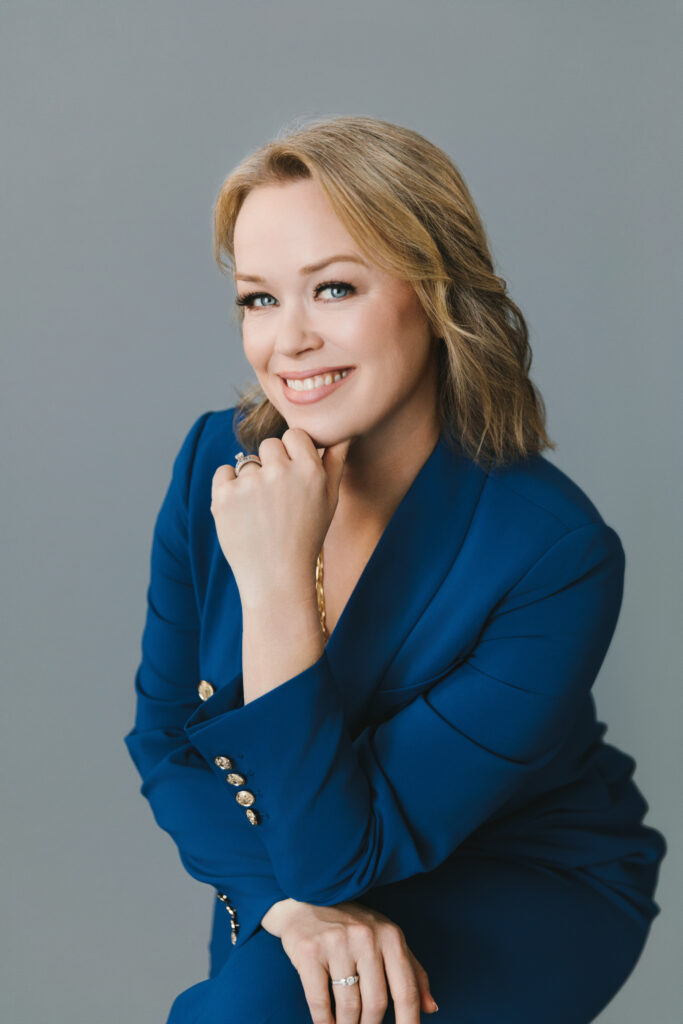
Ads, Sales Pages, and Email
Ads need strong focal points and room for short copy. Get options that read well at small sizes. For sales pages, plan for sequences that tell a story from problem to solution. Email headers look best with clean horizontals and friendly eye contact.
Helpful mix:
- Clear offer image, product or service in context
- Social proof moments, clients, testimonials as overlays
- Action shots that match your call to action
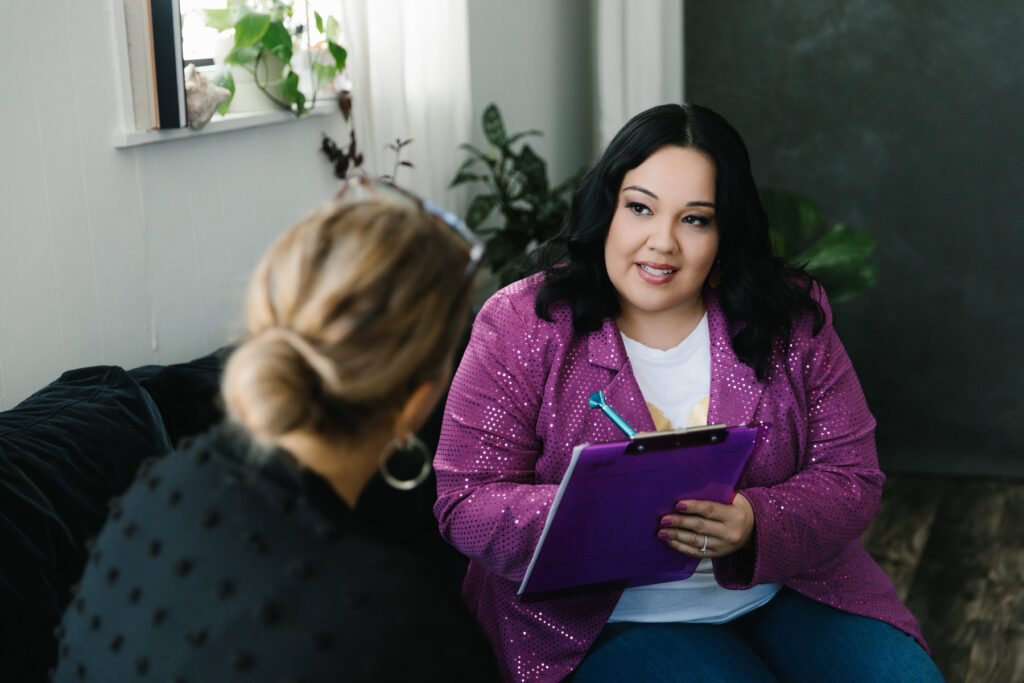
Plan Your Shot List by Use
Tie each use to at least one must-have image, then add backups.
- Website hero: wide scene at desk, clean background
- About page: warm portrait, relaxed posture
- Instagram: vertical lifestyle, candid and in motion
- LinkedIn: polished headshot, strong posture
- Sales page: feature image, hands on work, detail close-ups
- Media kit: confident three-quarter, neutral backdrop
- Business card: simple headshot, direct eye contact
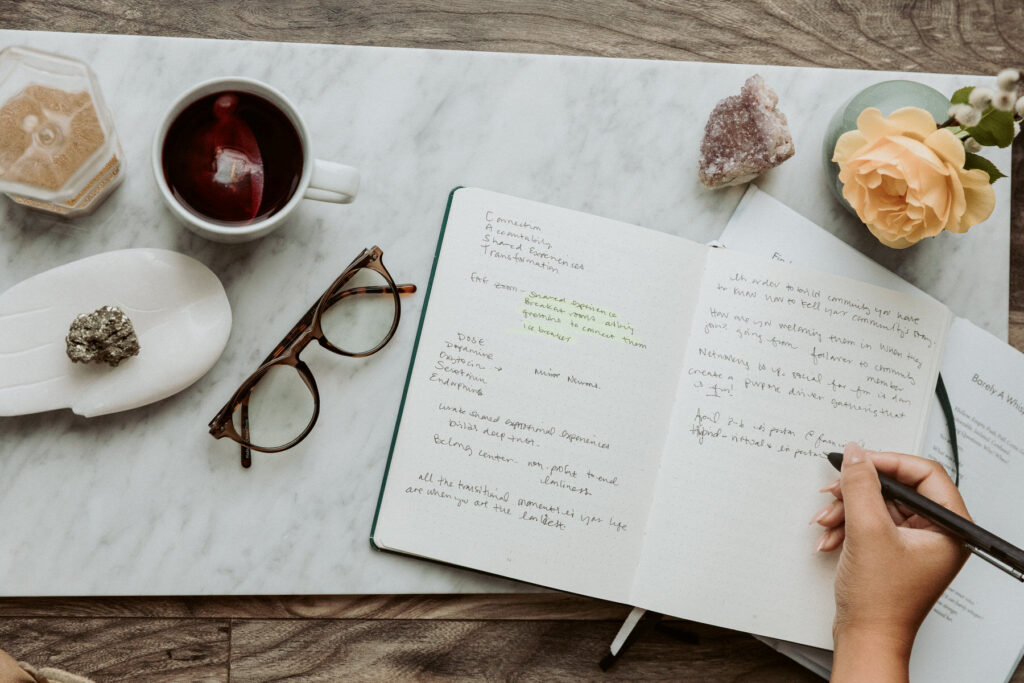
Who Is the Right Photographer and What’s the Budget?
Your photographer is a creative partner, not just a camera. You want someone who understands your marketing needs, your audience, your offer, and your voice. Clear communication up front prevents missed shots and surprise costs later.
How to Choose a Photographer Who Gets Your Vision
Start with proof, then chemistry. You need both.
- Review their portfolio with purpose. Look for brand stories, not only pretty portraits. Do you see variety, clean light, and images used across websites and social feeds?
- Read recent reviews. Note comments about direction, reliability, and how clients felt on set, and the resulting photos.
- Book a consult call. You are testing fit and process.
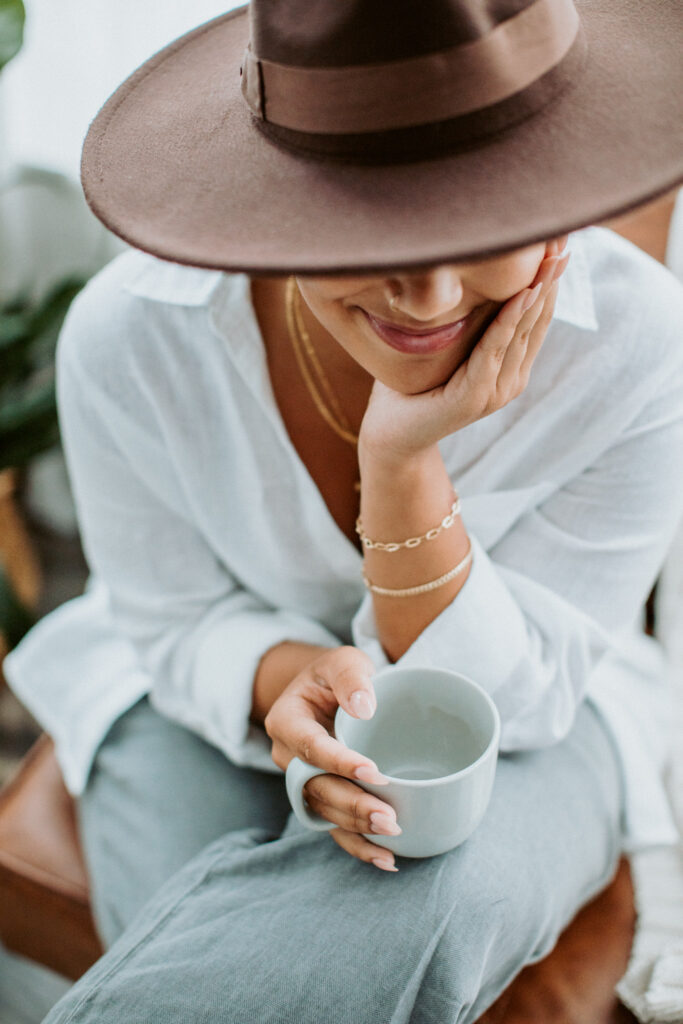
Smart questions to ask:
- What is your pre-production process, and who builds the shot list?
- How long is the session, and how many looks or locations are typical?
- How do you direct clients who feel awkward on camera?
- What is included in deliverables, and what costs extra?
- When will I see proofs, how many finals do I choose, and what is the turnaround time?
- Do you provide guidance on wardrobe, props, and locations?
Green flags: clear timelines, a simple prep guide, strong communication, and examples of work that match your goals.
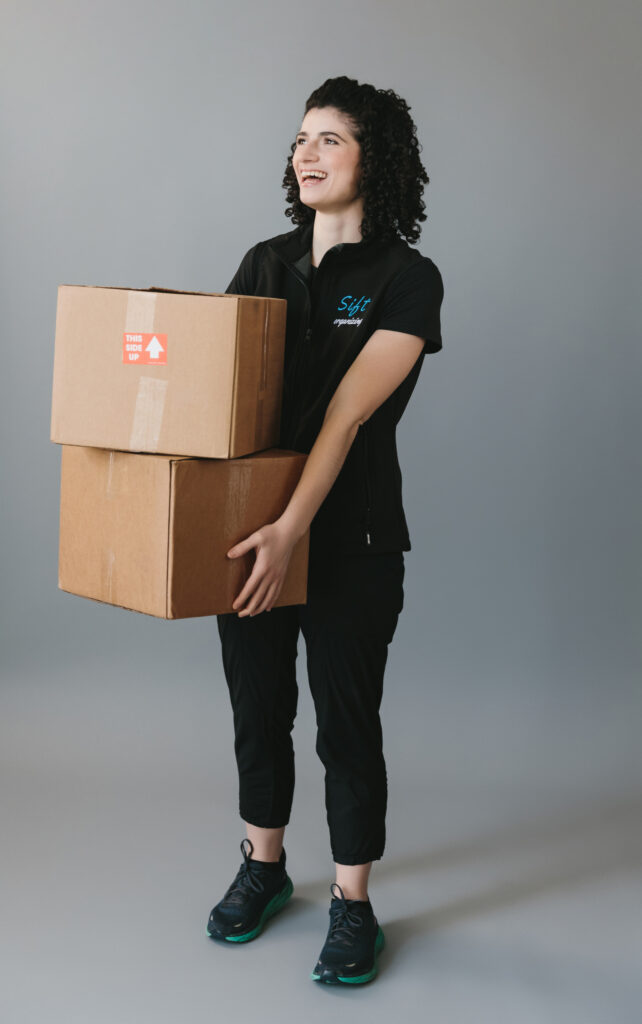
Setting a Realistic Budget for Lasting Results
Think of this as a business expense that should return value for months. You are paying for planning, consulting, shoot time, and expert editing, not just the day and the images.
Common cost factors:
- Time: pre-production, shoot hours, travel
- Editing: basic retouching, advanced retouching, file prep
- Deliverables: number of finals, crops, and formats
- Usage: licensing for web, print, ads
- Add-ons: studio rental, hair and makeup, assistants, rush fees, social media video
Questions to clarify value:
- What is the total cost from planning to delivery?
- How many final images do I get, in which crops and sizes?
- Are licensing and retouching included, and to what level?
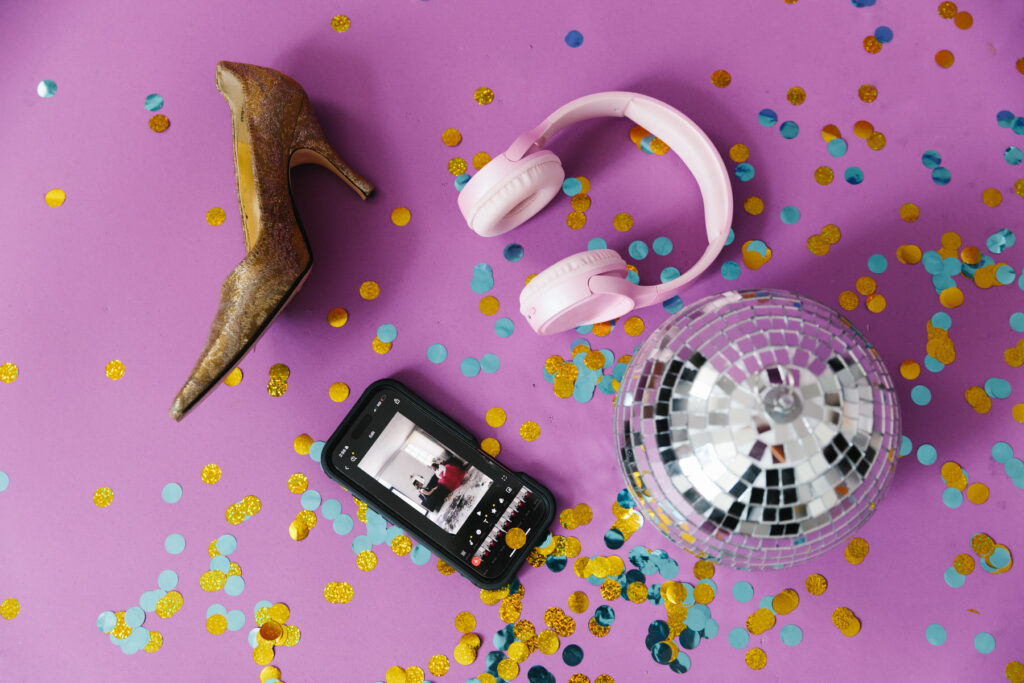
Strong Planning Maximizes Branding Photography Session
Strong planning turns photos into assets you can use with confidence. Start with the basics: your goals, audience, and the feelings you want to express. Map locations, wardrobe, props, and how each image will be used across your site, social, print, and ads. Choose a photographer who gets your voice, set a clear budget, and lock in a simple shot list.
Open a doc today and jot your top three goals, two core emotions, and five must-have shots. List where each image will live and what job it will do. These answered questions lead to natural, authentic photos that build trust and grow your brand.
At Show Your Spark, we include a branding strategy call as part of our branding packages. We prioritize collaboration so every image we create together helps move your brand forward.
Remember, a clear vision on paper now saves time later and helps you show up as your best self. Your brand has a story worth seeing.
Ready to take the next step? Reach out to book a Discovery Call where we will answer all your questions and get to know you, your business, and your brand.
